Key Takeaways
The Nikon F801s is a robust film camera that marries classic design with modern features.
Its autofocus system is unusually advanced for a film camera, offering sharp focus even in low light.
Multiple exposure modes give photographers creative control over their shots.
The ergonomic design makes it comfortable for prolonged use, important for those long photography sessions.
While it has many pros, it’s essential to consider the light meter’s tendency to overexpose with high ISO films.
Discover the Charm of Nikon F801s (N8008)
Let’s dive into a camera that’s a true gem for film enthusiasts—the Nikon F801s, also known as the N8008 in some regions. In an era where digital photography dominates, the F801s reminds us why film still has a devoted following. Its combination of a sturdy build and manual features with automated options provides a unique shooting experience that’s hard to find in today’s market.
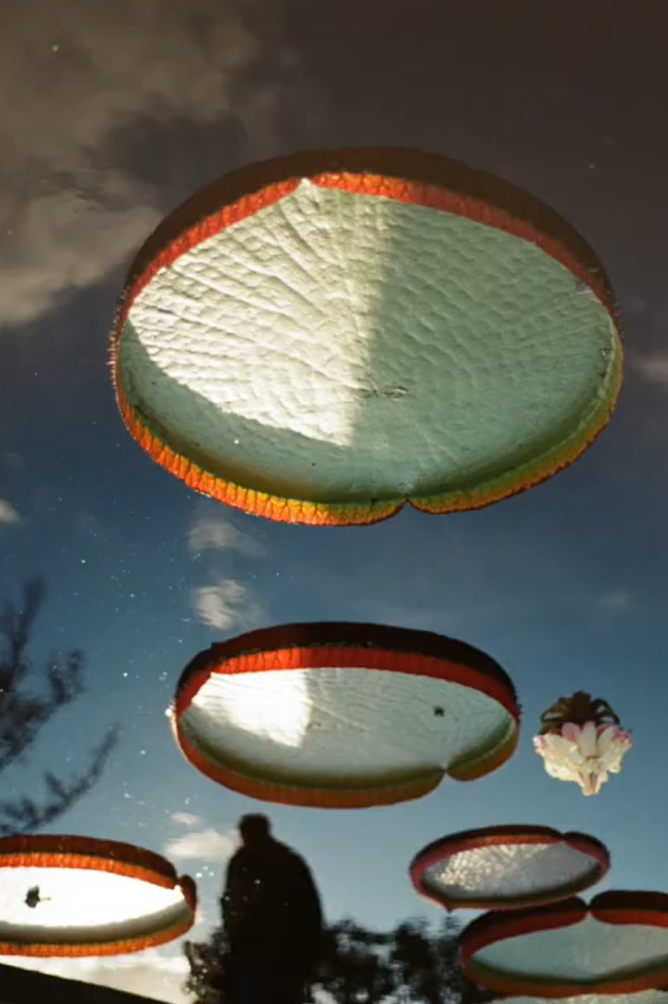

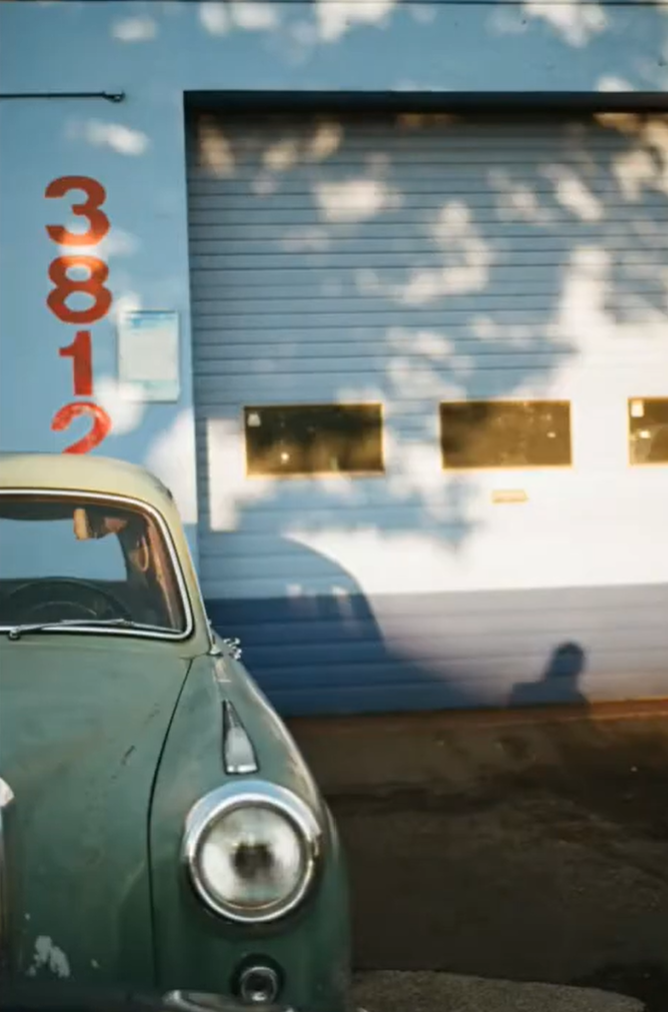
Here are 6 reason’s why you should invest in Nikon F801s Camera
1. Sturdy Companion for Film Enthusiasts
With a solid grip and a body that’s built to last, it’s ready to accompany you on any adventure. The camera feels substantial in your hands, reassuring you of its quality. The ergonomic design ensures that it’s comfortable to hold, which is crucial during those long days of shooting.
The viewfinder, it’s bright and clear, providing an excellent view of your subject. The information display within the viewfinder is straightforward, showing you everything you need to know about your current settings at a glance.
2. Vintage Aesthetics with Modern Precision
While the F801s may look like a blast from the past, its performance is anything but outdated. With features like programmed auto exposure and an autofocus system that rivals some digital cameras, it allows you to capture images with precision. This blend of old-school charm and modern technology is what makes the F801s stand out in a crowded field of vintage cameras.
3. Advanced Features in a Film Camera
It offers matrix metering, allowing for more accurate exposures across varied lighting conditions. Its autofocus system is quick and reliable, which is a boon when you’re trying to capture fleeting moments. The camera also supports automatic film loading and rewind, adding a level of convenience that film photographers will appreciate.
4. Exposure Modes: Freedom in Capturing Moments
One of the F801s’s standout features is its variety of exposure modes. With Programmed Auto (P), Shutter-Priority (S), Aperture-Priority (A), and Manual (M) modes, it caters to photographers of all skill levels. Beginners can rely on the camera’s Program mode to handle the complexities of exposure, while seasoned shooters can take full control in Manual mode.
The Shutter-Priority mode is perfect for capturing motion, allowing you to choose the shutter speed while the camera selects the appropriate aperture. Conversely, Aperture-Priority mode gives you control over depth of field by letting you choose the aperture while the camera adjusts the shutter speed. These modes empower you to capture your vision without the need to fiddle with multiple settings.
Let’s not forget the Manual mode, which is where you can truly express your creativity. By adjusting both shutter speed and aperture, you have the freedom to experiment with light and motion, creating images that are uniquely yours. Whether you’re shooting a fast-paced sports event or a serene landscape, the F801s has an exposure mode that fits the bill.
5. Built-in Light Meter
The light meter is a critical tool. It reads the light in your scene and suggests the optimal exposure settings. Pay attention to the meter reading in the viewfinder; if the indicator is to the left, your image may be underexposed, and if it’s to the right, it may be overexposed. Adjust your aperture or shutter speed accordingly to center the indicator, and you’re set for a great shot.
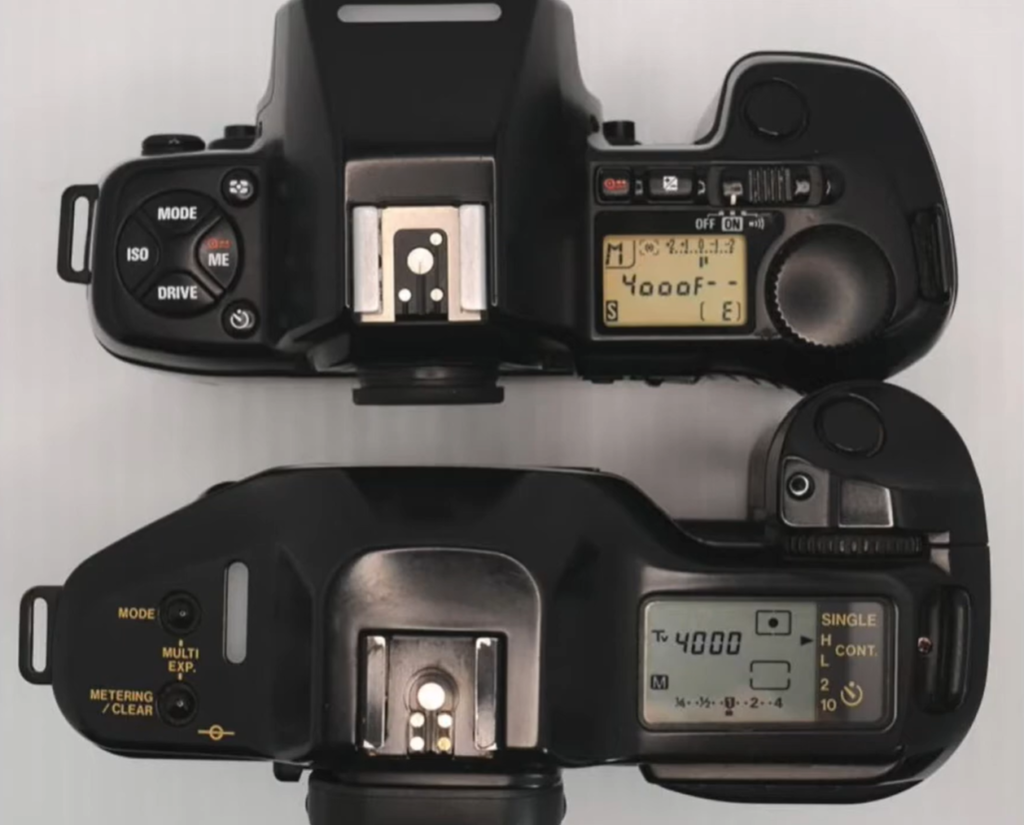
6. Mastering the Multiple Exposure Function
The F801s offers a fantastic multiple exposure feature, allowing you to superimpose images on a single frame. To use this feature, simply press the multiple exposure button and select the number of exposures you want. Imagine the creative possibilities—overlaying a portrait with a cityscape, or merging a sunset with the silhouette of a tree. This function is a playground for creativity.
Keep in mind that with each additional exposure, the amount of light hitting the film increases, so you may need to adjust your exposure settings to compensate. It’s a delicate balance, but when you nail it, the results can be truly breathtaking.
New NIKON + 10% off
Get your new Nikon with a code: oldtime10
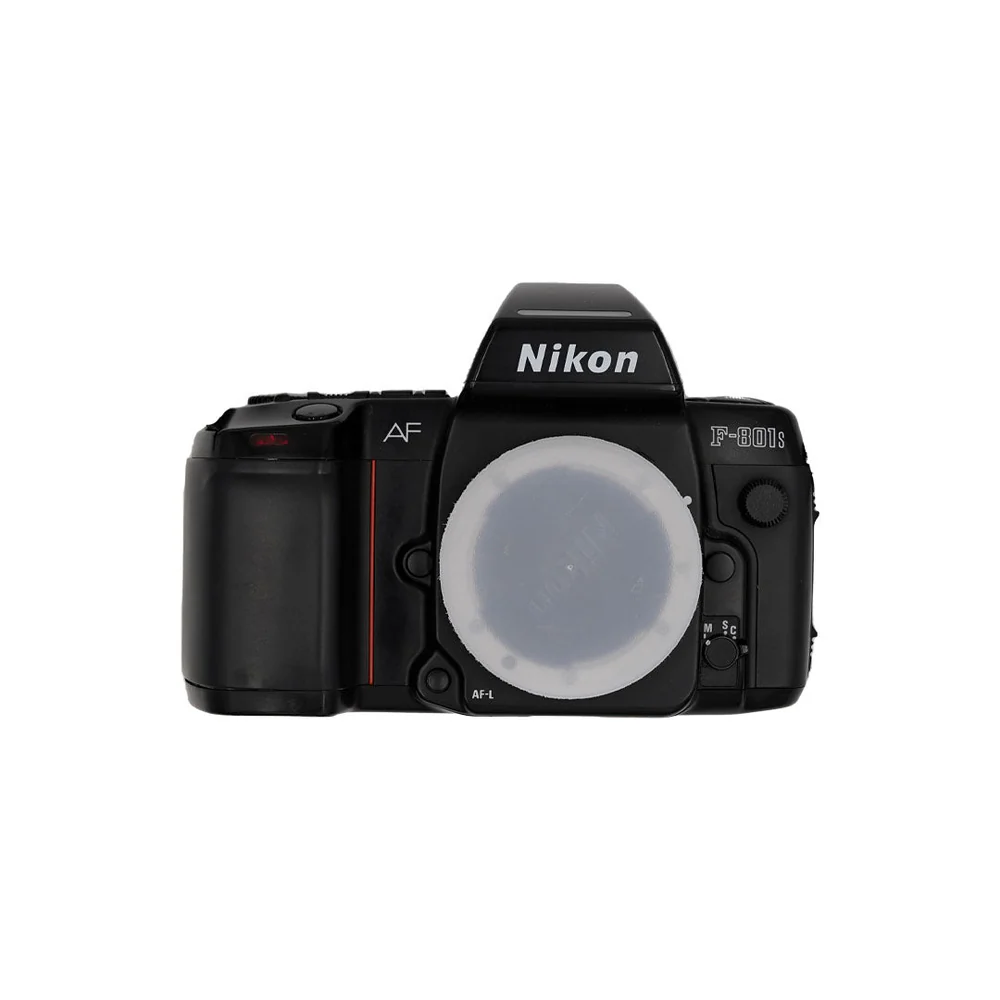
Considering Alternatives: What Else Is Out There?
Of course, there are other options to consider. Cameras like the Canon AE-1 Program offer a more manual experience, which might appeal to purists. On the other hand, the Nikon FM2 is renowned for its mechanical reliability and doesn’t rely on batteries for its shutter. Each camera has its own charm and set of features that might suit different photographic styles and preferences.
Pros and Cons Table
|
Pros |
Cons |
|---|---|
|
Advanced autofocus system for a film camera |
Light meter can overexpose with high ISO films |
|
Durable and ergonomic build |
Heavier than some contemporary film cameras |
|
Matrix metering for accurate exposures |
Autofocus may be slower compared to modern digital cameras |
|
Compatibility with a wide range of Nikon lenses |
Reliance on batteries for operation |
|
Multiple exposure modes for creative flexibility |
Some may find the camera’s aesthetics less appealing than more vintage models |
|
Affordable, you can get one for $142 |
Conclusion: Why Nikon F801s is a Keeper
The Nikon F801s, with its blend of durability, advanced features, and compatibility with a broad range of lenses, stands as a testament to Nikon’s commitment to quality. It’s a camera that doesn’t just take photos—it creates experiences. For those who appreciate the process of photography as much as the final image, the F801s is a rewarding tool that encourages growth and creativity in your photographic journey.
Whether you’re an experienced photographer looking for a reliable film camera or a newcomer eager to explore the world of analog photography, the F801s is a compelling choice. It’s a camera that asks you to engage with your surroundings, understand the light, and think critically about composition. And in doing so, it reminds us that photography is an art form that thrives on connection—between subject, photographer, and viewer.


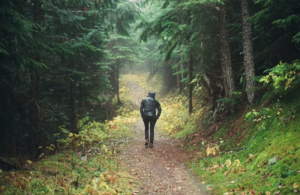







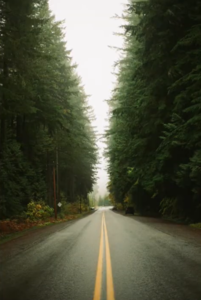



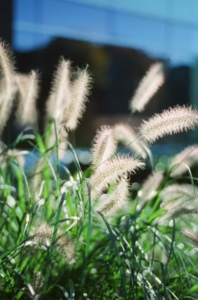
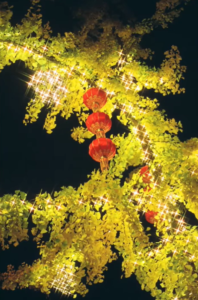
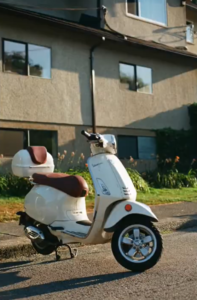

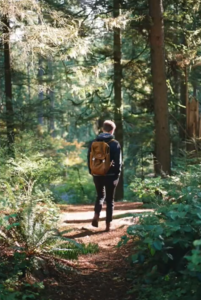
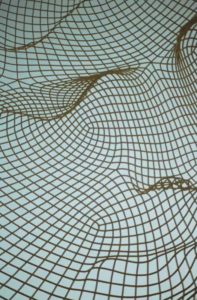





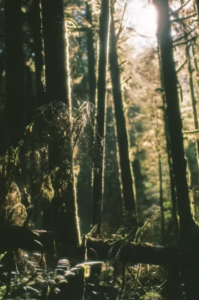






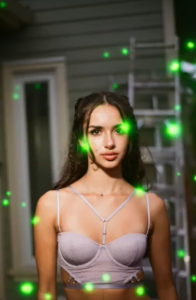


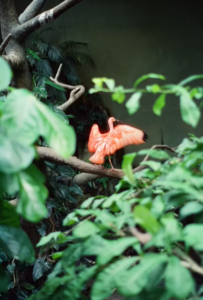
New NIKON F801S + 10% off
Get your new Nikon for only $127.8 with a code: oldtime10
Frequently Asked Questions
How does the autofocus performance of the F801s compare to digital cameras?
While the autofocus system of the Nikon F801s is advanced for a film camera, it’s important to set realistic expectations—it won’t match the speed and precision of modern digital cameras. However, it’s certainly capable of producing sharp images, and its performance is impressive in a variety of lighting conditions.
What kind of batteries does the F801s take, and how long do they last?
The Nikon F801s typically uses 4 AA batteries, which are readily available and easy to replace. Battery life can vary depending on usage, but many photographers find that they get a substantial number of rolls through the camera before needing to change batteries. Always carry spares, especially if you’re planning to shoot in cold weather, which can drain batteries faster.
Are parts and repairs readily available for the Nikon F801s?
Due to the popularity and longevity of the Nikon F801s, parts and repairs are still accessible. However, as with any older camera, it’s becoming more challenging to find service technicians who specialize in film cameras. It’s advisable to treat the camera with care and to seek out reputable repair shops or individuals with experience in film camera maintenance.
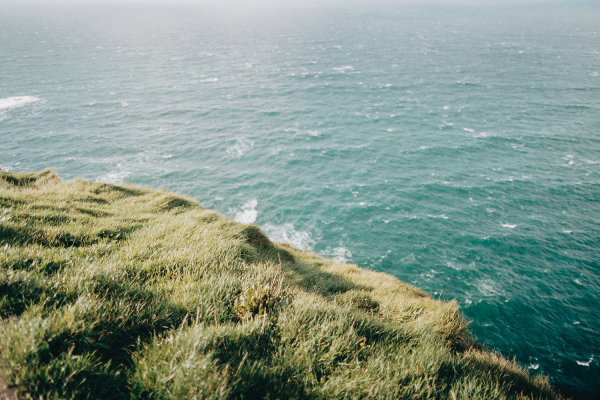



Leave a Reply